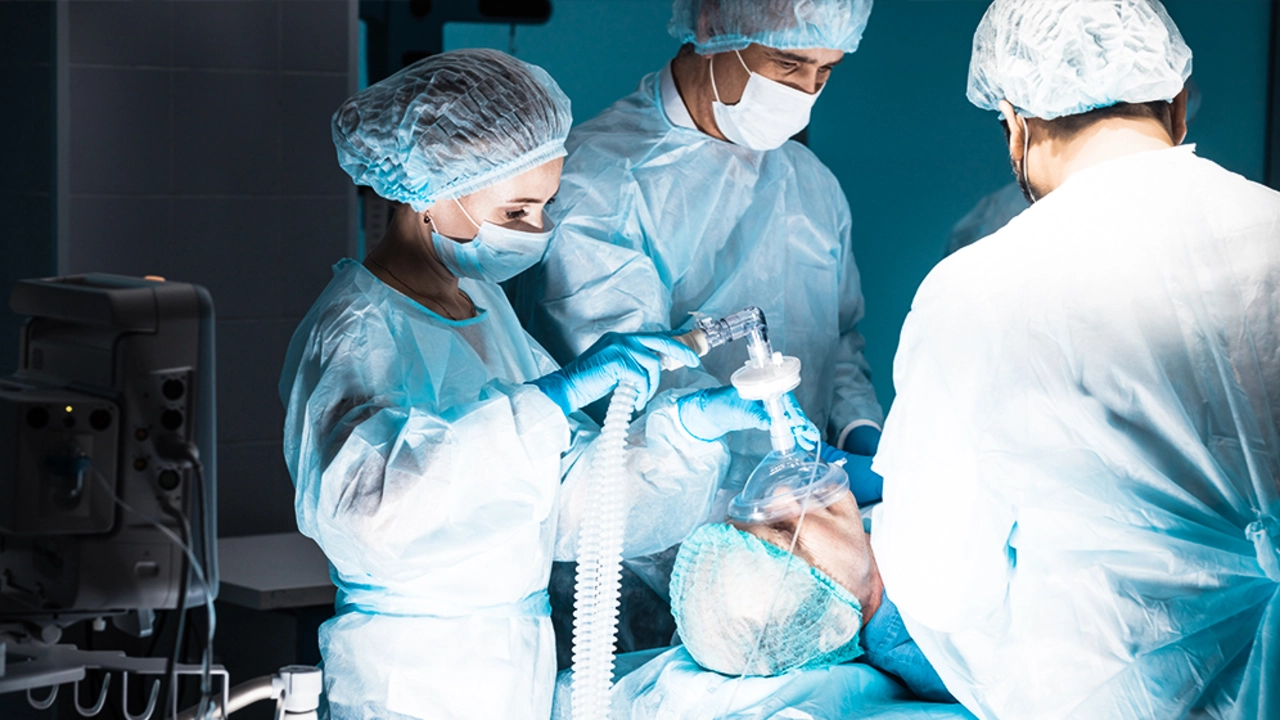Complications — How They Start, What to Watch For, and How to Prevent Them
Complications happen when a disease, treatment, or drug interaction creates new problems. They range from mild (extra fatigue or upset stomach) to severe (infection, bleeding, organ damage). Knowing common causes and clear warning signs helps you act fast and avoid worse outcomes.
Common causes and real examples
Many complications come from three places: the illness itself, a medicine, or a mix of medicines. For example, drug interactions—like those explained in our "Febuxostat Drug Interactions" piece—can make treatments less safe. Antibiotics mixed with alcohol or other drugs may lead to side effects; see our "Cephalexin and Alcohol" article for a practical look. Birth control pills can change vitamin absorption, which may cause symptoms people don't expect—our desogestrel-ethinyl estradiol post covers that.
Surgery and procedures carry risks like infection or bleeding. Chronic conditions such as diabetes or high blood pressure raise the chance of long-term complications—nerve damage, poor wound healing, or heart problems—if they aren’t managed. Even seemingly simple choices, like skipping a dose or doubling up, can trigger trouble with meds such as clonidine or antidepressant combinations discussed in our guides.
Signs to take seriously and immediate steps
Watch for sudden or worsening signs: high fever, severe pain, breathing trouble, fainting, heavy bleeding, sudden weakness or confusion, or a fast heartbeat. For medication-related issues, new rashes, swelling, trouble breathing, severe stomach pain, yellowing skin, or dark urine are red flags. If you see any of those, call emergency services or go to the ER.
If symptoms are mild but new—nausea after starting a drug, unusual bruising, or persistent dizziness—stop the medication only if your prescriber told you to do so. Otherwise, contact your doctor or pharmacist. Bring a list of all medicines, supplements, and recent changes. That makes it easier to spot interactions or dosage problems.
Prevention is concrete and doable. Keep an up-to-date medication list and share it at every visit. Use one pharmacy if possible so pharmacists can flag dangerous mixes. Follow dosing instructions, don’t skip monitoring tests, and ask about food or drink restrictions—some meds interact with alcohol or certain foods. Vaccines, hand hygiene, and wound care cut infection risk after procedures.
Want practical next steps? Bookmark our posts on drug interactions, specific meds like Lamisil or Febuxostat, and pharmacist tips for cheaper, safer prescriptions. They show real examples and clear actions you can take today to lower risk.
Complications aren’t always avoidable, but spotting problems early and using simple prevention steps cuts risk a lot. If you feel unsure about a symptom or a new medicine, reach out to a healthcare professional—quick questions can prevent major trouble.

How to manage complications during your recovery from anesthesia and surgery
Recovering from anesthesia and surgery can sometimes come with complications, but managing them effectively is crucial for a smooth healing process. It's essential to pay attention to our body's needs, stay well-rested, and follow the doctor's advice. If we experience any concerning symptoms, it's important to reach out to our healthcare provider immediately for guidance. Keeping ourselves hydrated, taking prescribed medications, and maintaining a balanced diet can help minimize potential issues. Remember, self-care and patience are key factors in overcoming any hurdles during the recovery period.
Read More